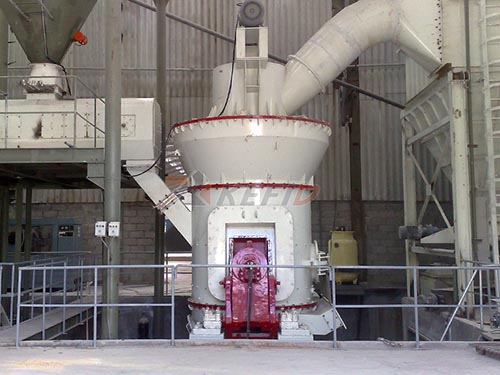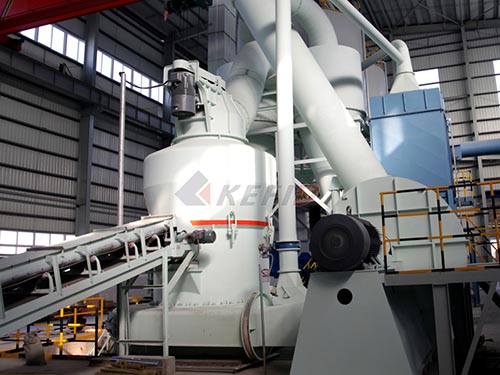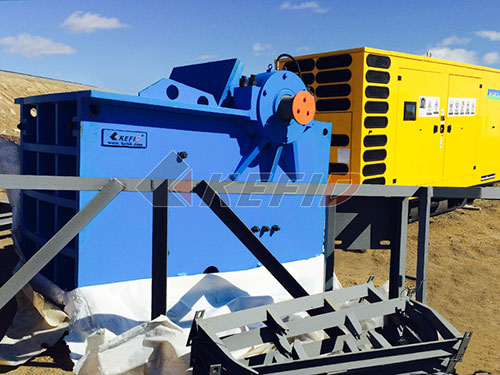The Strategic Value of Modified Crushers: Cost vs. Capability Enhancement
The pursuit of optimal crushing performance often leads operators to a critical crossroads: invest in brand-new machinery or explore the potential of modifying existing equipment. While the initial question might be “Harga Mesin Crusher Modifikasi?” (What is the price of a modified crusher machine?), the truly strategic question is whether modification delivers tangible value and a compelling return on investment compared to replacement.
Understanding Crusher Modification: Beyond Simple Repairs
Crusher modification isn’t just fixing broken parts. It’s a targeted engineering process aimed at significantly enhancing specific aspects of an existing machine’s performance, efficiency, safety, or adaptability. Common modifications include:
1. Throughput & Capacity Boost: Upgrading motors, drives, or hydraulic systems; optimizing chamber designs; installing larger feed openings or higher-capacity conveyors.
2. Product Quality Refinement: Installing advanced automation for tighter control over particle size distribution (e.g., better CSS adjustment systems); adding specialized liners for shaping; integrating pre-screening or air classifiers.
3. Material Handling & Versatility: Adapting crushers to handle new or more challenging feed materials (e.g., wetter, stickier, harder); adding mobility kits; modifying discharge configurations.
4. Durability & Maintenance Reduction: Upgrading critical wear parts with premium materials (e.g., manganese alloys, ceramics); reinforcing frames; improving lubrication systems; adding condition monitoring sensors.
5. Safety & Automation Integration: Installing modern guarding systems, emergency stops, and dust suppression; retrofitting automation for remote monitoring and control.
Decoding “Harga Mesin Crusher Modifikasi”: The Investment Equation

Pinpointing a single price tag for modification is impossible – it’s inherently variable. factors shaping the investment include:

Machine Type & Size: Modifying a large cone crusher is vastly different in scope and cost than modifying a small jaw crusher.
Scope of Work: Is it a single component upgrade (e.g., new liners) or a comprehensive overhaul involving motors, hydraulics, structure, and controls? Complexity drives cost.
Component Quality: Opting for OEM parts versus high-quality aftermarket parts significantly impacts price and potentially longevity.
Engineering & Labor: Custom design work and skilled technician hours are major cost components.
Downtime Requirements: Faster turnaround times might incur premium costs.
The Compelling Case for

Leave a Reply